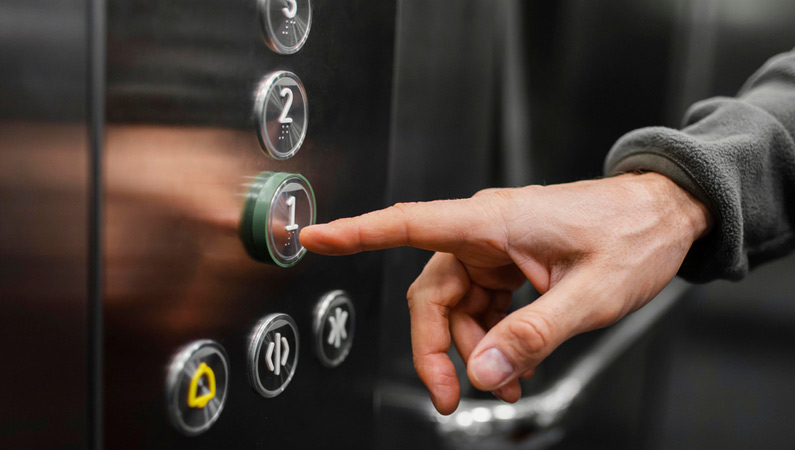What are the differences between Touch Screen Buttons and Traditional Buttons?
Usage Style:
- Traditional Buttons: They are mechanical buttons and pressing a button requires physical contact. It generally works by applying pressure.
- Touch Screen Buttons: Touch screens use capacitive touch technology without the need to press a physical button. Users can interact by tapping or swiping.
Flexibility and Customization:
- Traditional Buttons: Usually have a fixed button layout and are difficult to change or customize.
- Touch Screen Buttons: More flexible and customizable as the screen content is controlled by software. Button layout and functions can be easily changed via software updates.
Aesthetics and Minimalism:
- Traditional Buttons: Physical buttons are usually placed in a row and determine the aesthetics of the space.
- Touch Screen Buttons: Screens provide a more minimalist look and are only visible when they are being used. This can offer a more modern approach to design.
Sensitivity and Sensitivity:
- Traditional Buttons: The pressure response time of mechanical buttons may vary depending on the design and quality of the button.
- Touch Screen Buttons: They have instant response and touch sensitivity is usually adjustable.
Functional Variability:
- Traditional Buttons: Each button usually represents a specific function and is difficult to replace.
- Touch Screen Buttons: A screen can switch to different pages, and each page can contain touch buttons with different functions.
Maintenance and Durability:
- Traditional Buttons: Physical buttons are more complicated to maintain and can wear out over time.
- Touch Screen Buttons: Screens are generally more durable, but they can be susceptible to scratches.


